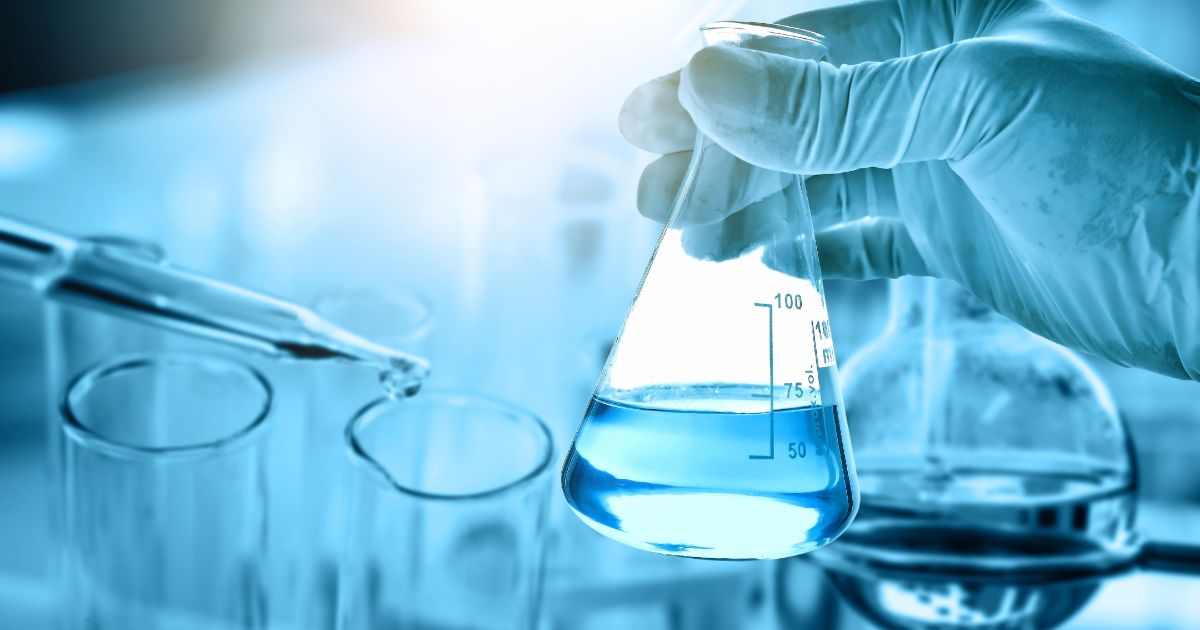What are Substances of Very High Concern (SVHCs) under EU REACH?
Substances of Very High Concern (SVHCs) are substances that can cause severe (and often irreversible) negative effects on human health and the environment. In the European Union (EU), these substances are published in the SVHC Candidate List. Once a substance is added to the Candidate List, its use in the EU market must be reported under the EU’s Registration, Evaluation, Authorization, and Restriction of Chemicals (REACH) regulation. Some substances may also be restricted under the regulation.
Continue reading to learn more about the SVHC Candidate List and its relation to the EU REACH regulation.
What is the SVHC Candidate List?
The SVHC Candidate List consists of reportable substances used in products placed on the EU market. These substances are primarily carcinogenic, mutagenic, or toxic to reproductive organs and/or bio-accumulative and toxic to the environment. Substances that cause a similar level of concern can also be included on a case-by-case basis.
Under EU REACH Article 33, EU-based companies must report on their use of SVHC Candidate List substances. The regulation requires declaration for the presence of SVHCs at a concentration above 0.1% weight by weight (w/w) at the article level.
The SVHC Candidate List also dictates Substances of Concern in Products (SCIP) database reporting. Explore our comparison of the SCIP database and EU REACH reporting requirements for more information.
Who manages the SVHC list?
The European Chemicals Agency (ECHA) manages, updates, and publishes the SVHC list. Updates are based on proposals from ECHA or national authorities, public consultation, and scientific research.
How many substances are on the SVHC list?
As of June 2023, the SVHC Candidate List contains 235 entries. However, some entries are families of substances, so the actual number of individual substances on the list exceeds 300. The list continues to grow each year as more potentially harmful substances are identified.
How often is the SVHC list updated?
The SVHC list is updated twice a year. The most recent update added two more chemicals: Diphenyl (2, 4, 6-trimethylbenzoyl) phosphine oxide and Bis (4-chlorophenyl) sulphone. The first chemical is toxic for reproduction and the second has persistent and bioaccumulative hazardous properties. Both chemicals are commonly used in inks and toners and in the production of plastic products.
How are substances added to the SVHC list?
The ECHA has an established process for adding new substances to the SVHC list, which begins when a substance is proposed for identification as an SVHC by the ECHA, a European Union member state, or a national authority. Proposals are submitted via a dossier in accordance with EU REACH Annex XV.
After an SVHC proposal is submitted, it is published on the ECHA website for a 45-day consultation period. During this time, interested parties can comment on the proposal or provide further information about the proposed substance, including its uses and alternatives.
If no challenging feedback is received after the consultation period, the substance is immediately added to the list. Challenging comments or comments on uses and alternatives extend the decision stage. Learn more about the process of adding SVHCs to the Candidate List on ECHA’s website.
SVHCs on the Candidate List can eventually be recommended for the Authorization List. Once an SVHC has been added to the Authorization List, EU-based companies must obtain authorization to continue using the substance. The Authorization List ensures that SVHCs are replaced by safer alternatives whenever possible.
Company obligations for SVHC reporting
As mentioned earlier, Article 33 of EU REACH requires companies to report on their use of SVHCs contained over the threshold at the article level. Companies are also obligated to provide consumers with safety use information for each reported article. We created a five-step guide to EU REACH compliance to help compliance professionals navigate the process.
Streamline REACH compliance with Source Intelligence
REACH compliance consists of much more than reporting on SVHC use. Companies must also stay current with changes to the regulation (such as the updates to the SVHC Candidate List every six months), gather data from suppliers, and ensure the correct application of documentation. This process is overwhelming without the proper resources and tools, especially for companies that comply with other REACH programs worldwide.
Source Intelligence’s REACH program facilitates supplier engagement, data analysis, and documentation generation through powerful compliance software and fully managed service options. Explore our REACH Program to learn more about its features and benefits, or schedule a demo for a more in-depth look at how we can help.



